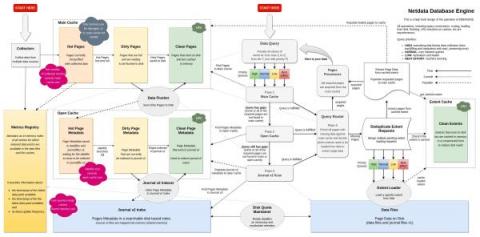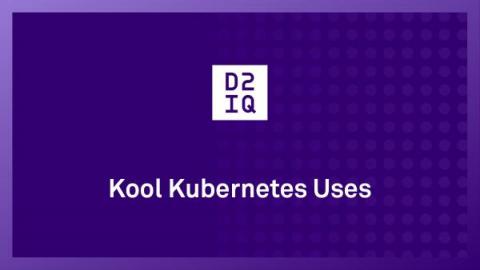Operations | Monitoring | ITSM | DevOps | Cloud
Latest News
Azure Storage Security: Keep Your Data Safe
In today’s digital world, data security is a top priority for businesses and individuals alike. With the increasing popularity of cloud computing, many organizations are relying on cloud storage services to store their sensitive information. Microsoft Azure Storage is one of the most popular cloud storage services, offering a range of storage solutions to meet the needs of different users.
How Are You Making Storage Placement Decisions-and Does It Matter?
According to Virtana’s recent State of Hybrid Cloud Storage survey, most organizations have a little over half of their storage in the cloud, keeping the rest on premises. But how are they deciding what storage goes where? Is there such a thing as a wrong—or even just sub-optimal—storage placement decision? We dug into the data to answer these questions.
What is Server Management? Everything you Need to Know
New CircleCI features for secure secrets management
When security incidents happen, it’s crucial for software providers and users alike to take swift and effective action. In response to our recent security incident, we witnessed firsthand how an open and collaborative effort between our customers, technology partners, and engineering teams helped to contain the threat and mitigate risk of unauthorized access to customer systems.
What's new with Google Cloud in 2023
Azure File Shares: A Beginner's Guide
Azure File Shares is a cloud-based file sharing service that provides a secure, scalable, and highly available solution for storing and sharing files in the cloud. With Azure File Shares, you can store, share, and access files from anywhere, at any time, and from any device. Whether you’re a small business owner, a freelancer, or an enterprise-level organization, Azure File Shares can help you meet your file storage and sharing needs.
Release 1.38.0: Dramatic performance and stability improvements, with a smaller agent footprint
We completely reworked our custom-made, time series database (dbengine), resulting in stunning improvements to performance, scalability, and stability, while at the same time significantly reducing the agent memory requirements. On production-grade hardware (e.g. 48 threads, 32GB ram) Netdata Agent Parents can easily collect 2 million points/second while servicing data queries for 10 million points / second, and running ML training and Health querying 1 million points / second each!
Kool Kubernetes Uses
As the movement to the cloud has grown, so has the use of containers as an effective way to package, distribute, and deploy applications. As surveys show, Kubernetes is the most widely used orchestration engine for managing cloud-native containers. Kubernetes automates deployment, auto-scaling, resource optimization, backup and recovery, and enables containers to run across different environments, eliminating the need to develop separate versions for each operating environment.
Install & Configure the AWS CLI | A Beginner's Guide
The AWS Command Line Interface (CLI) is a powerful tool that allows you to manage your AWS resources from the command line. Whether you are a developer, system administrator, or DevOps engineer, the AWS CLI can help you automate and streamline your workflows, increase productivity, and improve the security of your AWS infrastructure. In this article, we’ll cover the basics of installing and configuring the AWS CLI on Windows, Mac, and Linux.











